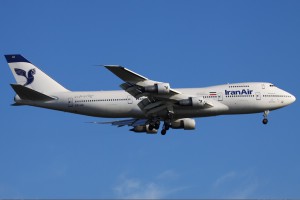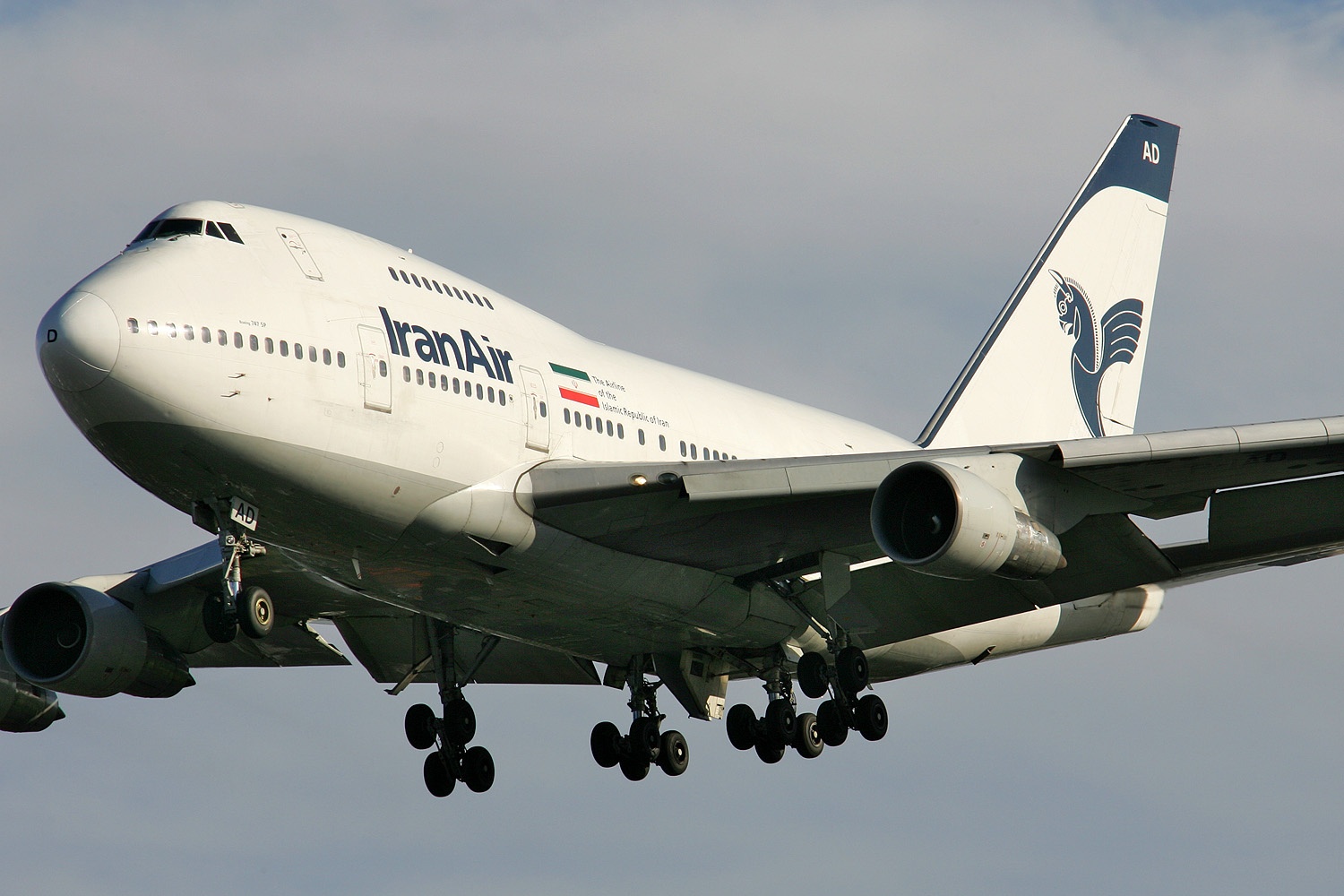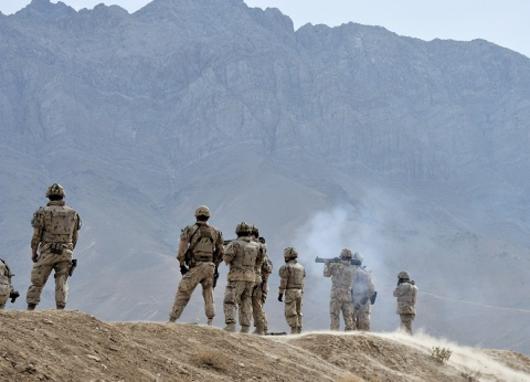Almost seven minutes after Iran Air Flight 655 took off from Bandar Abbas airport in July 1988, two surface-to-air missiles launched from the American warship Vincennes that had mistaken the passenger aircraft for an Iranian fighter jet intercepted the plane, killing all 290 civilians on board before it crashed in Iranian waters.
Following subsequent legal action, the United States government in 1996 agreed to provide $61.8 million to families of victims. The government however, denied direct responsibility for the tragedy, and thus refused to compensate the Iranian government for the destroyed aircraft.
The American airline industry has been denied access to the Iranian market since shortly after Iran’s Islamic revolution.
***
In late February, it was reported that American aircraft giants Boeing and General Electric had filed requests for export licenses to Iran with hopes of ending a three-decade long absence from Iran’s market. France’s Airbus also revealed plans to increase trade with Iran.
The latest reports indicate that export licenses have been granted to the two big American manufacturers for the sale of spare parts to Iranian airlines.
While reports indicate Western negotiators have offered relief on civil aviation embargoes as part of a nuclear deal for nearly a decade, November’s interim Joint Action Plan agreement will facilitate export licensing to support Iran’s civilian aircraft industry. Under the terms of the agreement, the “supply and installation in Iran of spare parts” as well as “safety related inspections and repairs” are to be facilitated by relevant actors to “any non-designated Iranian airlines as well as Iran Air.”
 The repercussions of decades of sanctions on Iran’s aircraft industry often come to the forefront in the midst of tragedy, when a figure of the dead follows the headlines of a fatal crash. Although officials often publicly disregard sanctions as primary causes of collisions, many acknowledge the added barriers to acquisition created by the policy. Regular reports outline the challenges Iranian operators often overcome to maintain safety standards in an industry dominated by Western firms.
The repercussions of decades of sanctions on Iran’s aircraft industry often come to the forefront in the midst of tragedy, when a figure of the dead follows the headlines of a fatal crash. Although officials often publicly disregard sanctions as primary causes of collisions, many acknowledge the added barriers to acquisition created by the policy. Regular reports outline the challenges Iranian operators often overcome to maintain safety standards in an industry dominated by Western firms.
A 2005 report concluded that U.S sanctions are against the “spirit of the Chicago Convention [of International Civil Aviation] and disrespect[ful] to human life, which is endangered by this policy.” In attempts to evade sanctions, Iranian manufacturers resort to third-party acquisitions and black-market purchases.
“the United States should recommit to the Chicago Convention.”
For the past three decades, a politically motivated American foreign policy has worked against both domestic Iranian and international civil aviation safety standards and endangered the lives of civilian passengers. The authors of the report state, “any continuation of severe sanctions must be construed to be very detrimental to aviation safety.” To this point incidents have been largely isolated within Iranian borders, but an international tragedy could result in substantial coverage and further expose the negative effects of a sanctions regime on the Iranian population.
Originally spearheaded by the United States, Great Britain, and Canada in 1944, the establishment of the International Civil Aviation Organization (ICAO) aimed to establish operational standards and safety guidelines to ensure the safety of air travel and promote cross-cultural exchanges.
Despite the outlines of the convention, a report presented to the ICAO in 2005 stated that the United States’ policy of imposing sanctions is contrary to the aims and objectives of several articles that explicitly state the objectives of the organization as to “promote the development of all aspects of international civil aeronautics” and to “avoid discrimination between contracting States.” The report, commissioned by the Iranian government but conducted by Canadian researchers, stated that, “the United States should recommit to the Chicago Convention.”
While there will be limited relief of sanctions when it comes to spare parts or other repairs, a six month waiver period in the uncertain political environment is an inadequate window for Iranian airlines to invest in commercial procurement efforts with anxious American manufacturers.
Should the parties reach a long-term agreement in the six-month negotiation period outlined under the January agreement, manufacturers from both countries can begin to establish partnerships to better equip Iranian aircrafts and airports with updated interfaces to encourage a more robust aviation safety establishment.




